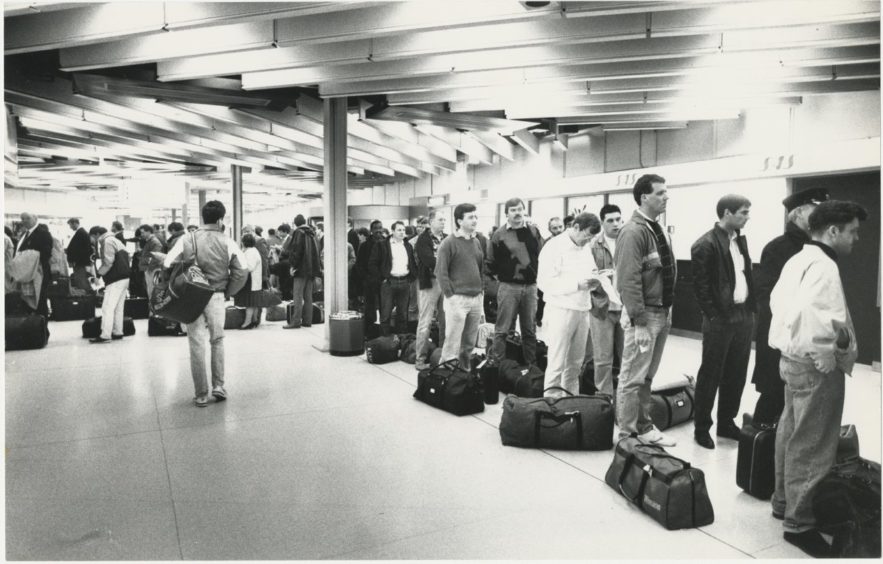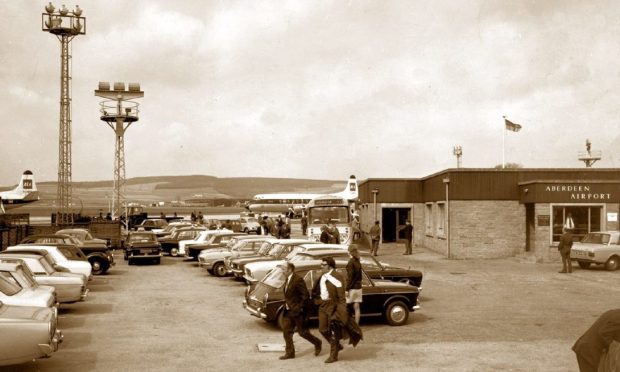Aberdeen International Airport has been connecting the north-east with the rest of the world since 1934.
It was the golden age of aviation and an airfield at Dyce was established by politician and businessman Eric Gander Dower, who also founded Aberdeen Airways.
The airline initially served domestic destinations like Edinburgh and Kirkwall from Aberdeen, before branching out to a route between Newcastle and Norway in 1937.
This photo from 1938 shows large crowds of people enjoying a display at the airfield in Dyce to celebrate Empire Day.
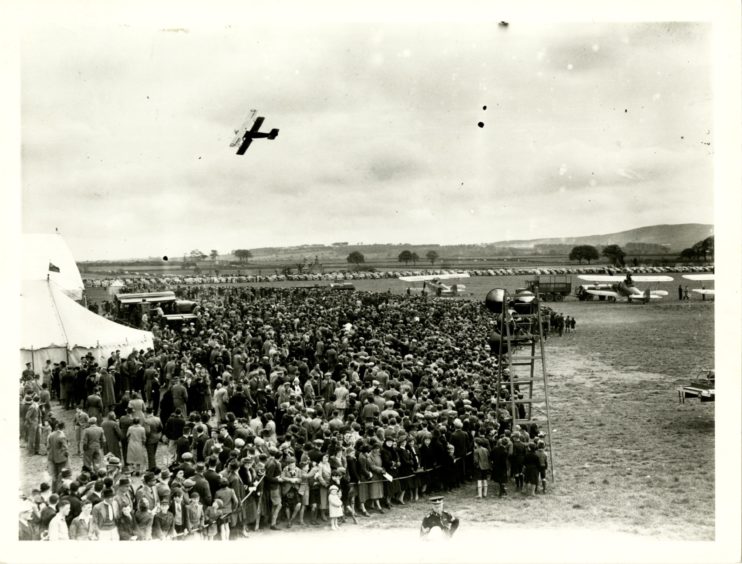
But like many domestic airports, Dyce became an RAF station when the Second World War broke out in 1939.
The base was mainly used for reconnaissance, but fighter planes were stationed there during the Battle of Britain in case of raids from Norway, which was occupied by the Nazis.
This photograph from 1942 shows the crew walking from their Blenheim bomber at Dyce in 1942.
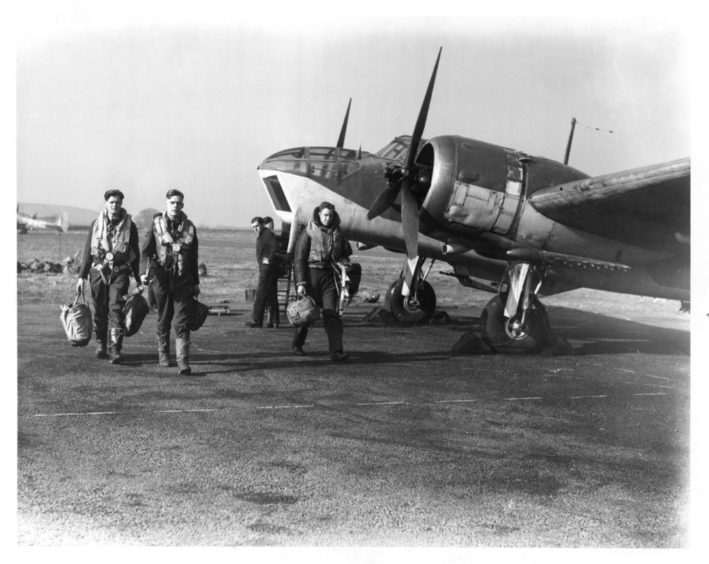
The RAF had a base at the airport until 1957, but the airport itself had been nationalised after the war in 1947.
In the 1950s and 60s, the airport went international, with flights to destinations including Moscow and Toronto.
Air travel was glamorous, it became an occasion and people dressed up for their flights.
And in the 1960s, before the enhanced security measures of more recent years, people could get up close and personal to the aircraft and airport operations.
These women and children appear to be standing at the edge of the runway to wave off a British European Airways flight to Shetland in 1966.
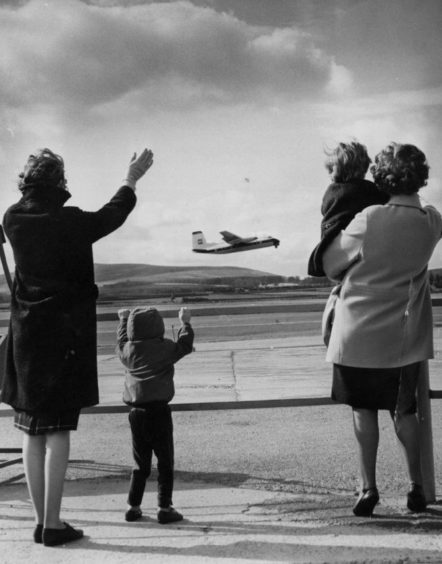
An unfamiliar view to today’s passenger, this picture from 1973 shows the smaller, old terminal at the side of the airfield.
There was no boundary fence here, and passengers could freely wander around outside.
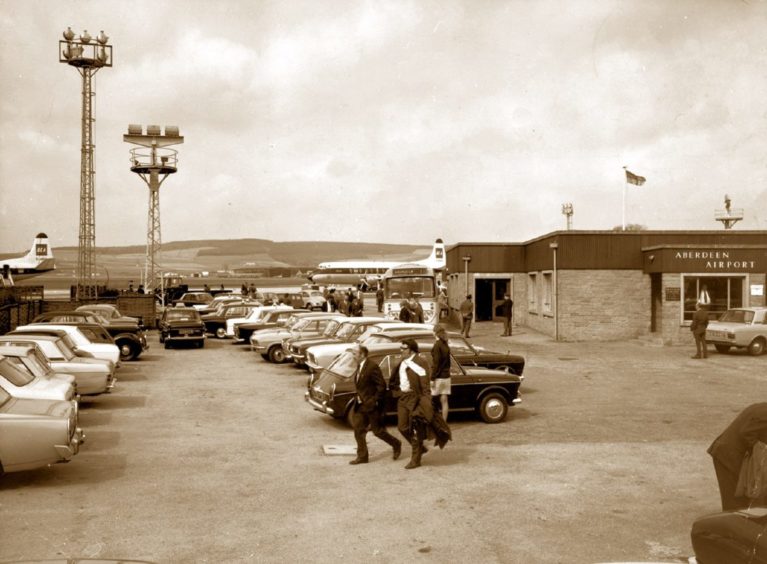
As well as servicing Aberdonians, Aberdeen Airport has been regularly frequented by the Royal Family en route to and from Balmoral over the years.
In this snapshot from 1974, The Queen is accompanied by Prince Edward and two of her beloved pet dogs as they head for their flight back to London after their holiday in Deeside.
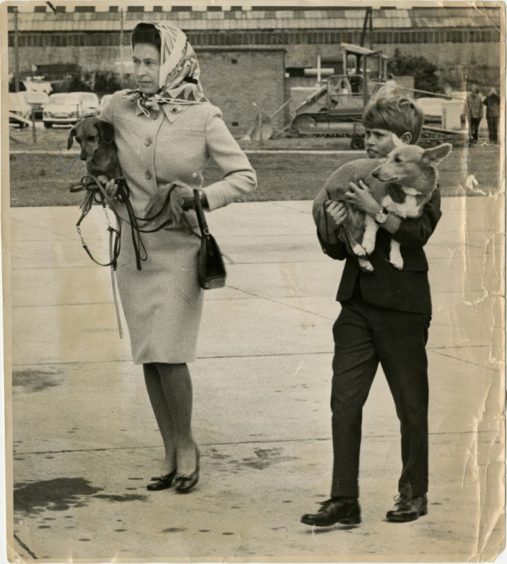
Moving with the times, the airport underwent an upgrade in the 1970s with a new terminal building.
Work began on the terminal in spring 1976, the first phase of a major redevelopment, ready for opening later that summer.
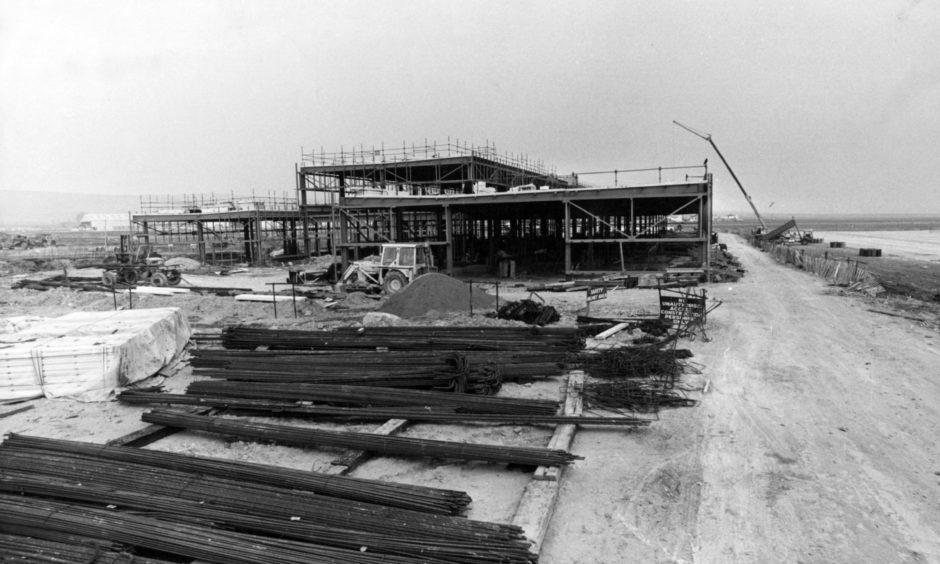
In a bid to make Aberdeen even more welcoming to foreign travellers, a new information service was launched in 1978.
With flights to most destinations in Europe, it was felt the help of linguists would forge better relations with passengers.
The talented team of specialists helping to make people feel more at home were Sandra Wilson, Gillian Ross, Judy Barlow, Lynn Nicolson and Moira Milne.
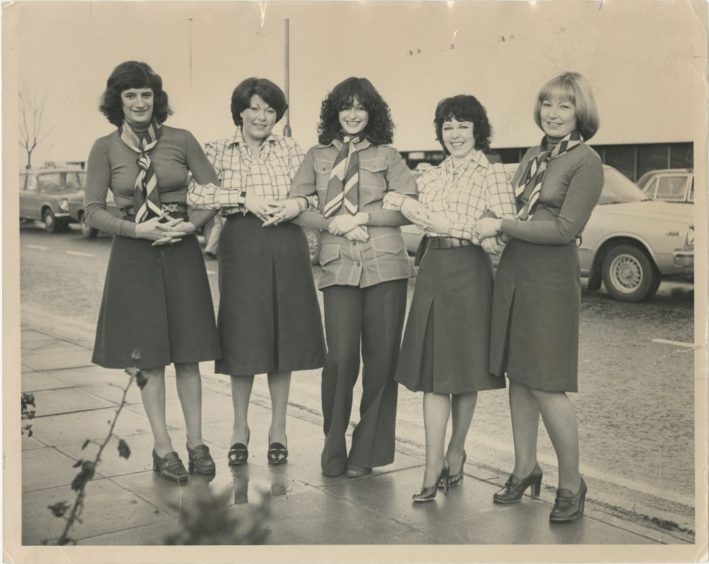
Another new addition was made to Aberdeen Airport in 1978 with the construction of a control tower.
Perched above the runway, joiners Ian Third and Mitchell Wood of Aberdeen builders Alexander Hall and Sons certainly needed a head for heights for this job.
Providing an excellent vantage point over the airfield, air traffic control soon moved into the completed building.
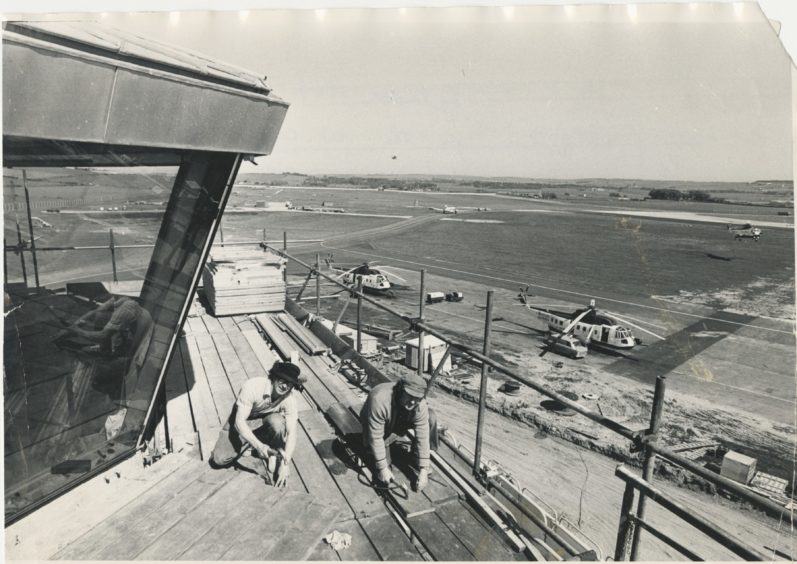
And from one new arrival to another, in August 1982 Prince William made his debut in Scotland aged just eight weeks old after touching down at Aberdeen Airport.
Prince Charles was pictured disembarking from the plane – which he piloted – carrying the tiny tot in his carrycot.
The family were heading to Balmoral for a summer holiday.
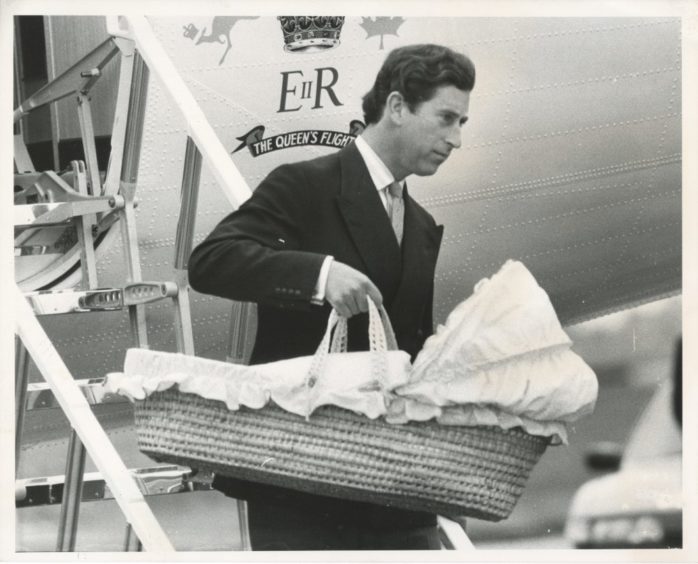
Many Aberdeen fans have travelled to and from Aberdeen Airport over the years to back the Dons across Europe.
In the 1983, these delighted Dandies were on a high after watching their team beat Bayern Munich 2-0 away, still considered by many to be the club’s greatest performance
They touched down just as the City Final edition of the Evening Express hit the news stands declaring the Dons as ‘The Best in Europe’.
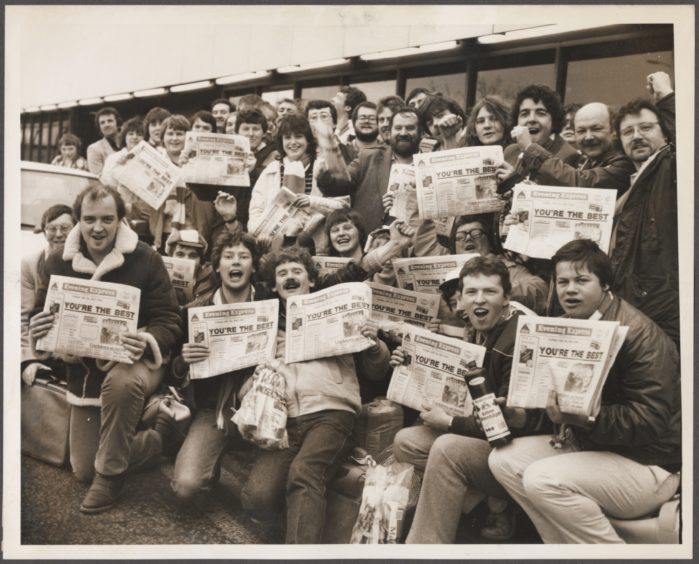
Due to Covid-19 and restrictions on air travel, it’s been a while since the terminal at Dyce has been this busy, below.
Unfortunately for these passengers in 1990, they would be queuing for a little longer due to heavy fog affecting services that day.
In more recent years, Aberdeen International Airport has undergone a multi-million-pound facelift with a terminal transformation project and a runway extension.
